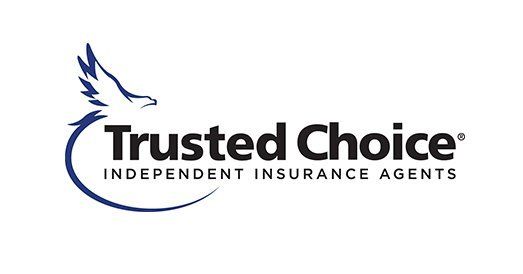Seniors and Auto Insurance Rates
Admin • April 11, 2018

When setting rates, auto insurance companies consider your driving habits, including how much driving you do. Therefore, if you find yourself driving less as you get older, you may be able to lower the insurance rate you pay and still get the best coverage.
Completion of a Defensive Driving Course
Auto insurance companies often offer senior driver discounts to older individuals who successfully complete and pass a state-approved defensive driving course. Safe driver courses educate drivers on changing traffic laws and help show insurers that you continue to be a safe driver. And by not overrating your own driving skills, you also help make the roadways safer for others who may be bad drivers.
AARP is one such program that offers both classroom and online safe driver courses to drivers age 50 and older. The amount of discount you get varies depending on your age and driving record. Although the discounts are mandatory in many states, companies in some non-mandate states offer the premium discounts voluntarily upon completion of a driver safety course.
Low-Mileage Discount
If you cut back on your driving after you retire from work or as you get older, your insurer may offer a low-mileage discount as long as you do not exceed the mileage cap for the year. Another option for getting cheaper auto insurance is a pay-as-you-go program, especially if you no longer drive as much.
With pay-as-you-go, a device in your car tracks your mileage and collects driving data that the insurance company uses to calculate your discount. You may find this an attractive deal since the less you drive, the less you pay
Change of Primary Driver
Even though you may continue to do some driving as you get older, naming another person as the primary driver of your vehicle on your auto policy can get you cheaper premiums. Since reports showthat drivers age 70 and older are involved in more intersection accidents and fatal crashes than younger drivers, your auto insurer may consider you a high-risk driver and increase the insurance rate you pay.
However, when you name another person, such as a younger spouse or an adult child who lives with you, as the primary driver, the insurer assumes you won't be driving as often. Less time driving reduces the risk that you will be in an auto accident and need to file a claim.
Since the principal driver is the person who will drive the vehicle the most, name someone who has a good driving record and a solid credit history — both key factors insurers consider when setting insurance rates. If you continue to do any driving, be sure to list yourself as a secondary driver.
Customer Loyalty
If you've been with the same auto insurance company for a long time, you may get a lower rate in the form of a loyalty discount. Not all companies offer loyalty discounts, and the percent of rate cuts vary by insurer.
Even if your auto insurer doesn't offer a loyalty discount, staying with the company for a certain period of time may get you accident forgiveness. Some companies won't raise your premium rate the first time you get into an accident, providing you remain claim-free for a specified number of years.
The specific rules for accident forgiveness programs vary by company. But a company that doesn't offer an accident forgiveness program may still cut you a break on a minor accident or traffic violation if you've been a long-time customer with a previous good driving record.
Another perk customer loyalty can get you is a lower deductible. Some insurance companies reduce policy deductibles each year you go without any accidents or traffic tickets.
If you're a senior looking for ways to save more on your auto and other insurance needs, contact S.N. Anthony Inc.
for advice on ways to cut your overall insurance costs.












